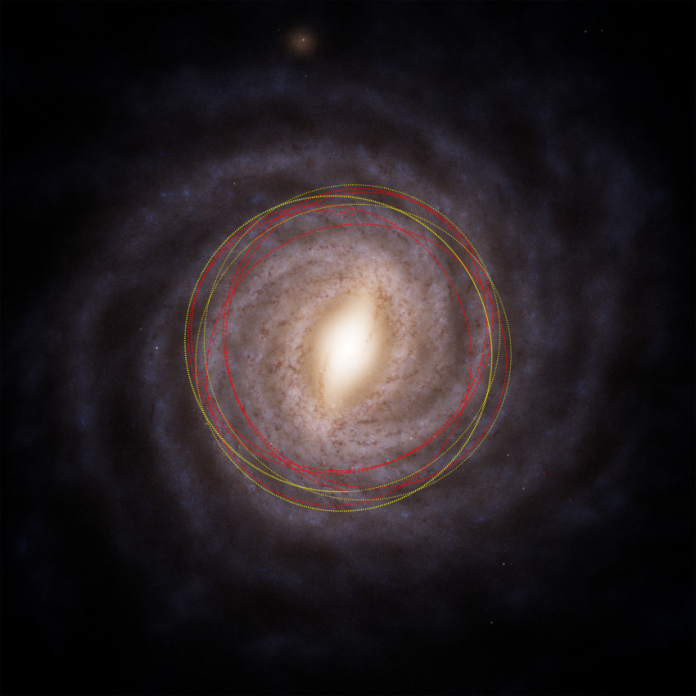
What can one lone icy wanderer say about worlds beyond our Sun? For scientists, the arrival of comet 3I/ATLAS-which is only the third confirmed interstellar object to pass through our solar system-provides a rare opportunity to probe the chemistry, structure, and origins of material forged in a distant star system.

1. A Rare Visitor from the Galactic Frontier
3I/ATLAS was discovered on July 1, 2025, by the NASA-funded ATLAS Asteroid Terrestrial-impact Last Alert System in Chile, moving at more than 130,000 mph, with its closest approach from Earth on December 19 at no closer than 170 million miles. Astronomers estimate that it may be up to three billion years older than our solar system and could have been ejected from a star in the “frontier” part of the Milky Way 7 billion years ago. This would make it truly an outsider, carrying with it information about the formation of planets far beyond those the Sun touches.

2. NASA’s Solar System-Wide Observation Campaign
Twelve NASA assets have already captured imagery of 3I/ATLAS, and numerous observations are planned as it treks across the solar system. The multi-mission approach draws on spacecraft positioned from Mars to deep space, as well as ground-based observatories, allowing scientists to study the comet from multiple angles and across diverse wavelengths.
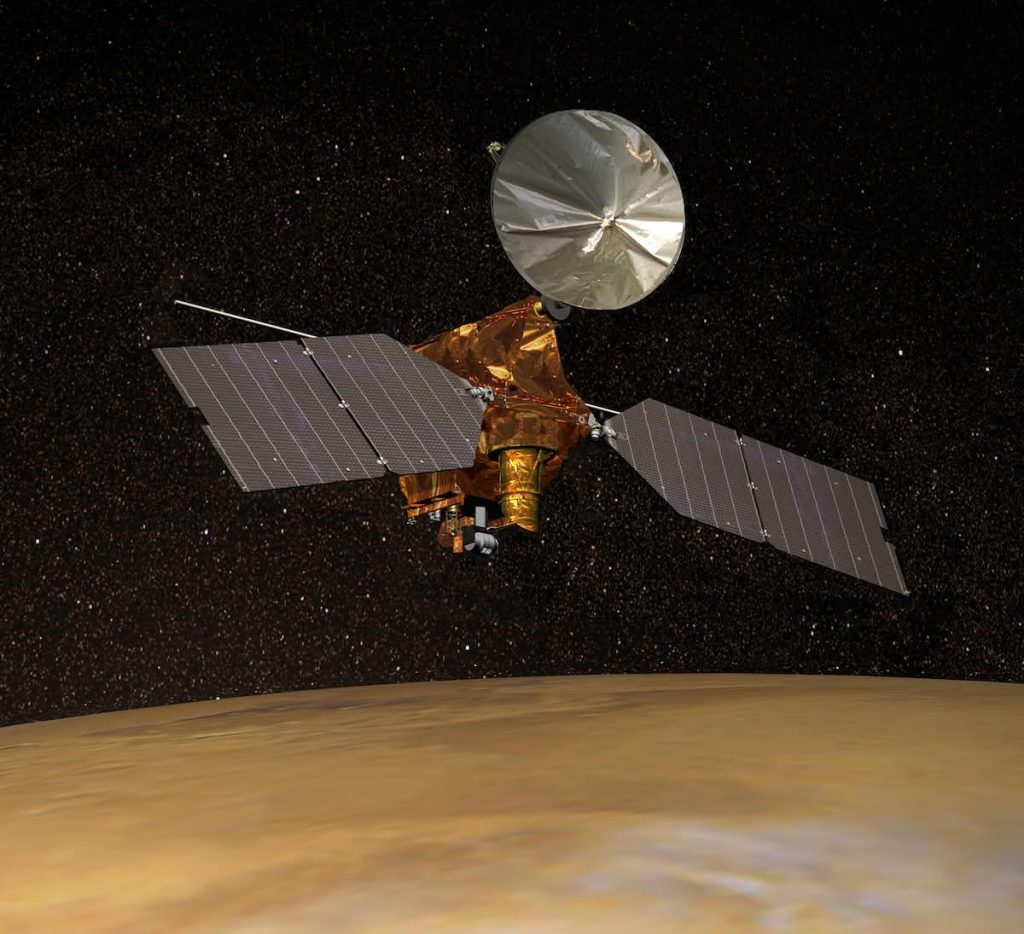
3. Mars Flyby: Closest Views Yet
In early October, 3I/ATLAS swept within 19 million miles of Mars-a truly unique vantage point. NASA’s Mars Reconnaissance Orbiter took high-resolution imagery with its HiRISE camera while MAVEN’s Imaging Ultraviolet Spectrograph acquired ultraviolet data to identify hydrogen and hydroxyl emissions. On the Martian surface, Perseverance detected the comet as a faint smudge in long-exposure Mastcam-Z images. MAVEN’s data even provide an upper limit on the comet’s deuterium-tohydrogen ratio-a key tracer of its origin.

4. ESA’s ExoMars and Trajectory Refinement
ESA’s ExoMars Trace Gas Orbiter imaged the comet’s coma – an extended halo of gas and dust – against the demanding backdrop of a very faint target. Based on that data, scientists from ESA further refined the comet’s exit trajectory by a factor of ten, which will allow more precise targeting in future observations. For the first time, data from a planetary orbiter were accepted into the International Astronomical Union’s Minor Planet Center database.
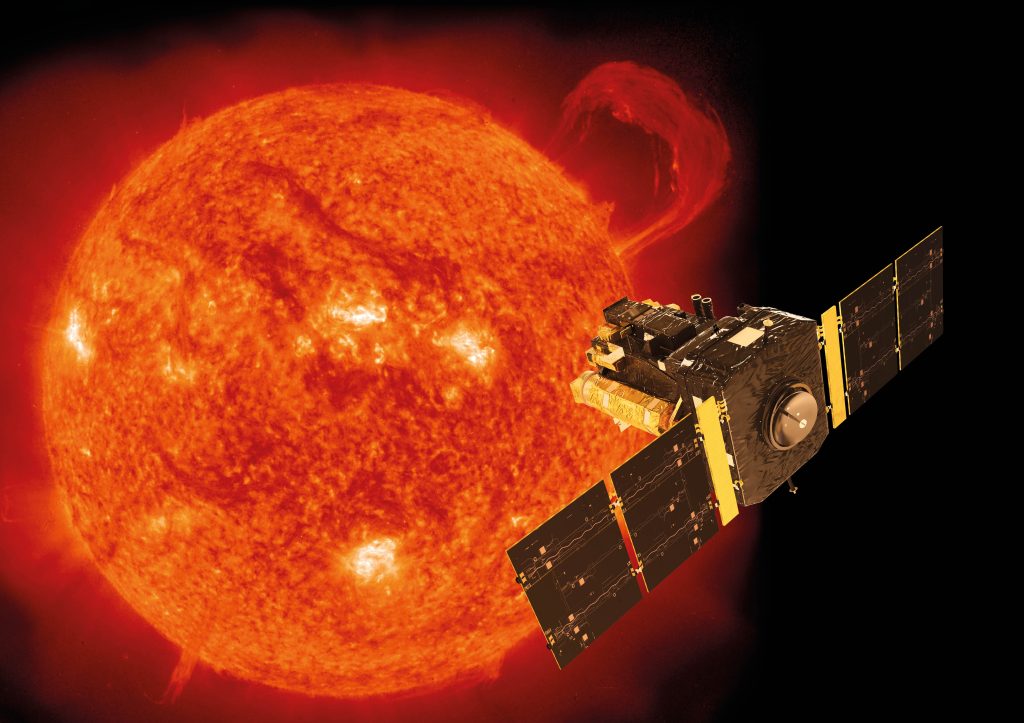
5. Heliophysics Missions Capture the Sunward Passage
The fleet of NASA’s heliophysics – STEREO, PUNCH, and the joint ESA/NASA SOHO mission-followed 3I/ATLAS as it passed behind the Sun from Earth’s perspective. In the process, SOHO’s LASCO coronagraph detected the comet from 222 million miles away using advanced image stacking to bring out its faint signature. This is the first intentional observation of an interstellar visitor by the fleet of NASA’s heliophysics.

6. Deep Space Observations from Psyche and Lucy
NASA’s Psyche and Lucy spacecraft were able to capture distant images of 3I/ATLAS while on their outbound journeys. Psyche made four observations over eight hours from 33 million miles away in refining its trajectory. Meanwhile, Lucy captured stacked images from 240 million miles away, showing the details of the coma and tail structure.
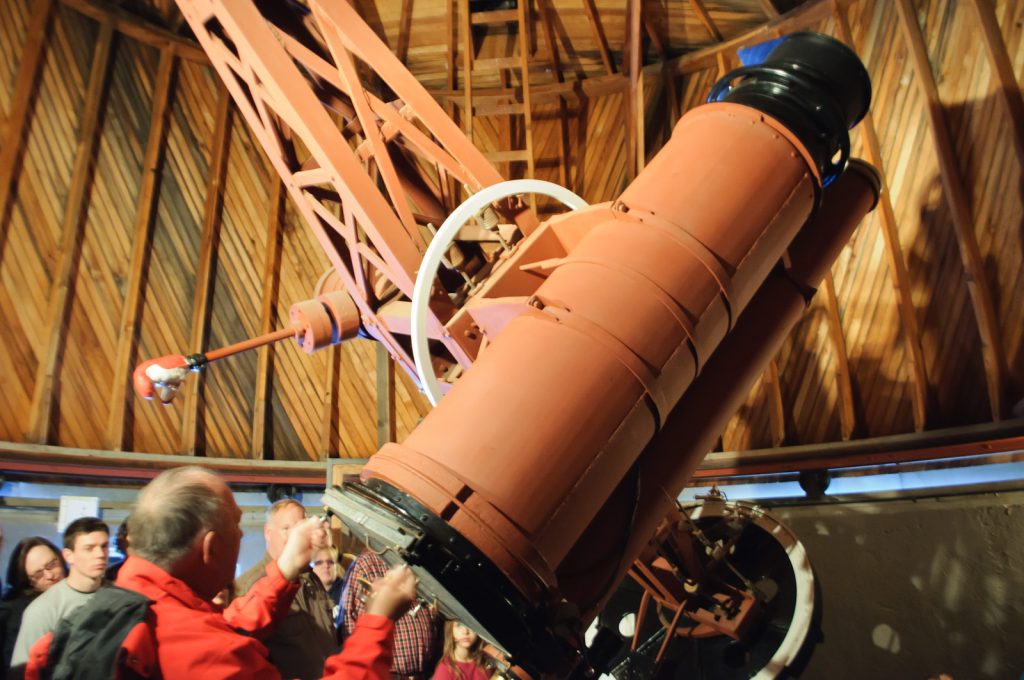
7. Anomalous Chemistry and Activity Delay
Observations from the Lowell Discovery Telescope showed quite interesting peculiar behavior in 3I/ATLAS. Dr. Qicheng Zhang shared that the beginning of its cometary activity was considerably delayed, with serious outgassing taking place much closer to the Sun than most would have expected. Its gas composition indeed gave higher carbon dioxide relative to water vapor, similar to distant comets, indicating the conditions of its formation dissimilar to our solar neighborhood.
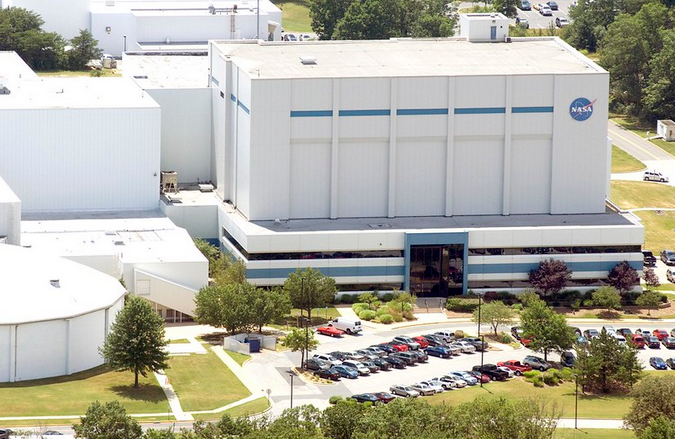
8. Public Engagement and Live Science
The science milestone will be shared live at Goddard Space Flight Center, streaming on NASA+, the agency’s website, YouTube, and Amazon Prime.The public is invited to join in, asking questions via #AskNASA for responses in real-time from mission scientists Nicky Fox and Tom Statler.
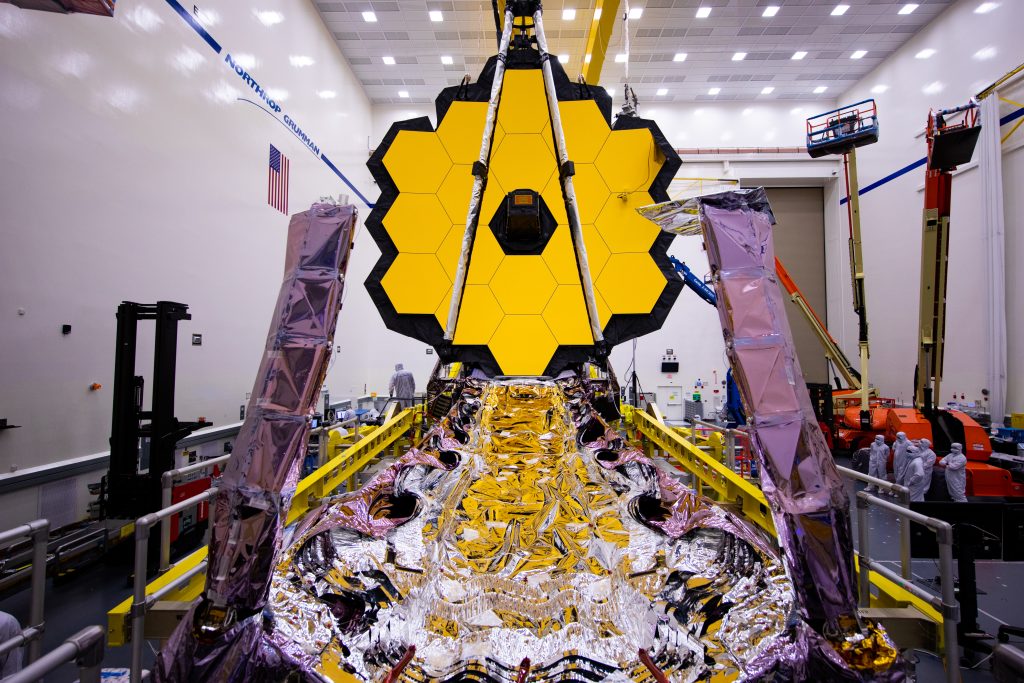
9. Future Observations and Scientific Potential
3I/ATLAS will continue to be monitored as it moves towards Jupiter’s orbit in spring 2026. ESA’s Jupiter Icy Moons Explorer is expected to observe the comet later this month, while the James Webb Space Telescope and ground-based observatories such as W.M. Keck will add more information in December. The flyby is also informing mission concepts like ESA’s Comet Interceptor, built for the interception of pristine or interstellar comets in the future.
“It’s the differences that are so tantalizing for us,” Nicky Fox said. “It could be from something that existed before our own solar system. That is so cool.” For the scientists and the general public, 3I/ATLAS is much more than just a temporary visitor; rather, it is a messenger from another world, offering the rarest glimpse into the bigger galactic story.
